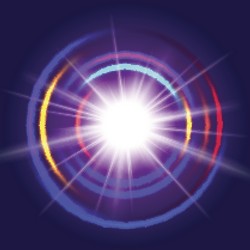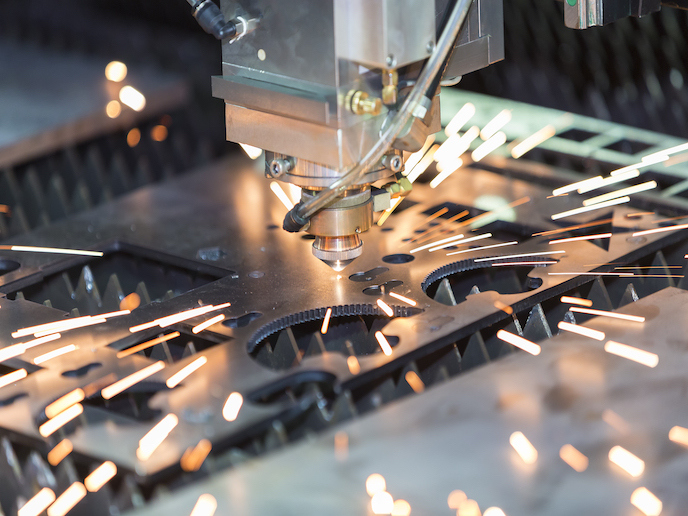New tools shed insight into attosecond molecular dynamics
Intense light pulses offer the opportunity to image structures and dynamics of individual molecules at sub-Angstrom spatial and attosecond temporal resolutions. An attosecond equals one thousandth of a femtosecond. These intense light fields inevitably excite complex dynamics, and successful imaging depends on understanding these largely unknown dynamics. The EU-funded project CORINF (Correlated multielectron dynamics in intense light fields) sought to 'film' the correlated multi-electron response to high-intensity controlled light fields in the infrared (IR), extreme ultraviolet (XUV) and X-ray spectra. Part of the work was geared towards providing a theoretical framework for molecular and cluster dynamics while using intense IR light pulses. These offer unique opportunities for molecular self-imaging: the IR field removes an electron from a molecule and accelerates it within a fraction of the laser cycle. It then throws it back into the parent molecule and captures a snapshot via electron-molecule diffraction or radiative electron-hole recombination. Scientists found that the electron spectra contain space-resolved information as well as time-resolved holographic patterns. These record amplitude and phase information about coherent electron beam scattering. Regarding radiative electron-hole recombination, project members were able to show how the spatiotemporal information is recorded in the emitted light properties – its intensity, phase and polarisation. A new phenomenon was also discovered when using short intense X-ray pulses. Massive parallel ionisation in clusters and large molecules can occur when many X-ray photons produce an equal number of photo electrons. This effect should be important for all molecular imaging experiments based on free-electron laser. Another project achievement was the establishment of analytical and computational approaches for intense IR-field ionisation and high-frequency emission in polyatomic molecules. Furthermore, scientists developed new computational tools for molecule and cluster interaction with the phase-locked combination of attosecond XUV and femtosecond IR pulses. A numerical code was instrumental for studying single and double ionisation in the presence of strong IR and XUV fields. Project members distributed different free open-source software calculating ionisation rates of molecules that are available online as well as other sophisticated tools for photoemission analysis. Furthermore, specialised programs that solve Schrödinger and Maxwell equations are available online. Another important highlight was that the presence of protons in the X-ray absorption by large molecules and clusters helps mitigate radiation damage, by carrying away the energy deposited by the photons. This finding is especially important not only for imaging molecules at sub-Angstrom spatial and 1 femtosecond temporal resolutions, but also for enhancing understanding on radiation damage from very intense X-ray sources. CORINF training activities encompassed atomic, molecular and optical physics, ultrafast imaging and quantum chemistry with an emphasis on intense laser-matter interaction and many-body dynamics.







